15 Slimming Foods You Can Eat to Lose Weight

If you want to lose weight, you need to cut certain foods from your diet. However, you will also want to add some fat-burning fuel to your daily menu, explains Jamie Maitland, Certified Holistic Nutritionist, Fitness Trainer, Founder of The Office Health, and author of The 21 Day Reset Cookbook. Here are 15 surprising foods that you can eat to help fuel weight loss – and you might be surprised by how delicious some of them are.
Greek Yogurt
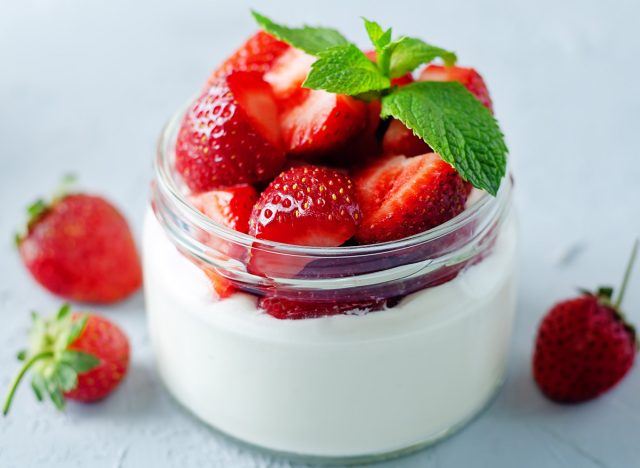
Greek yogurt is a great, packaged weight loss food. Maitland recommends a "high-quality Greek yogurt (preferably grass-fed A2 dairy) or an organic coconut yogurt," she says. "Coconut yogurt is a good probiotic and natural anti-inflammatory."
Nuts
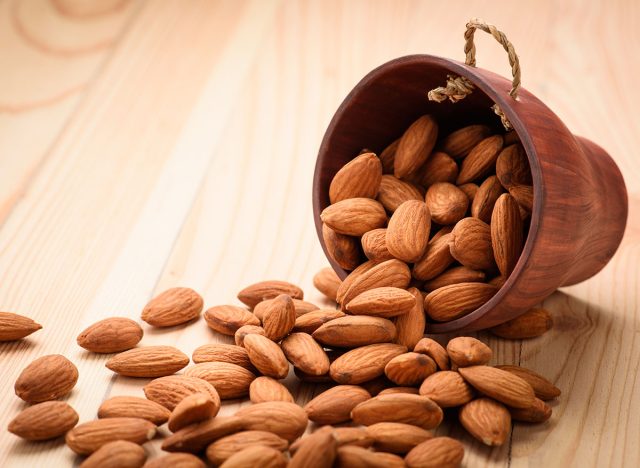
Nuts – particularly pistachios or blanched almonds – are great for weight loss. "The high fiber content and protein from these particular nuts can help you feel full and eat less," Maitland says.
Avocados
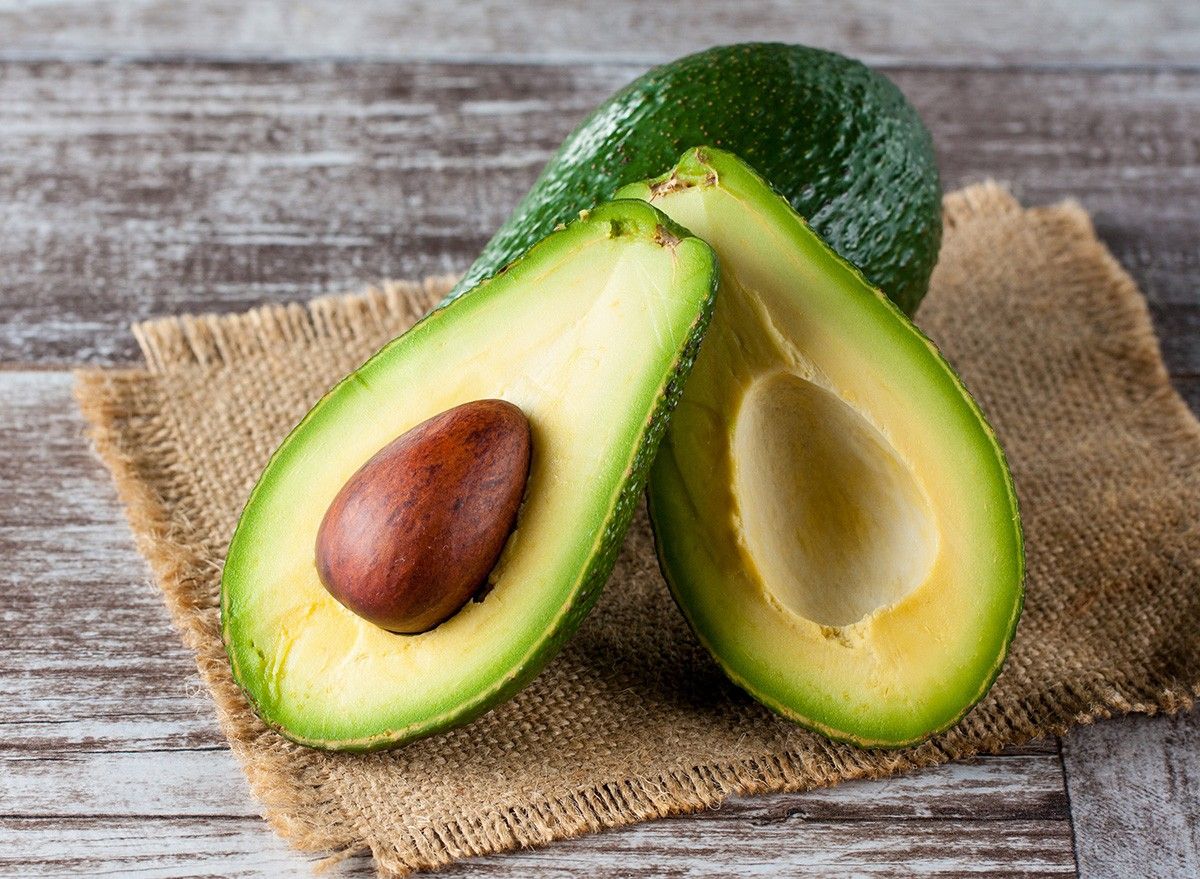
Stock up on avocados for weight loss. They boast good fats, "which can help you feel satisfied and full for longer periods of time."
Fonio

Swap out your cereal for Fonio. "Fonio which is actually a gluten and lectin free cereal grass and low on the glycemic index," she says.
Salmon
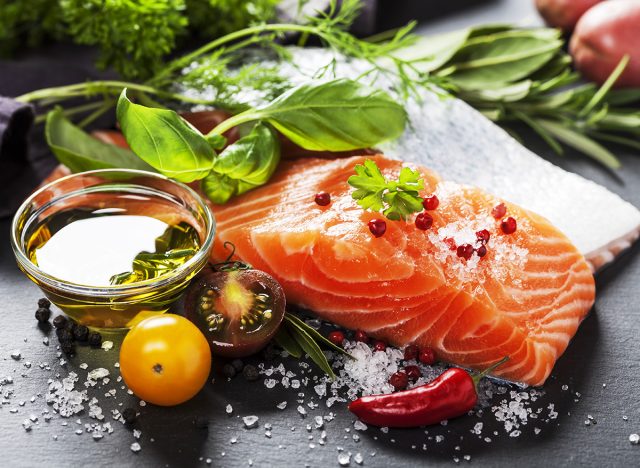
Unsurprisingly, salmon is a great food for weight loss. "It is low in calories and high in protein, which can help us feel more full and packed with vital nutrients," she says.
Seaweed

Snacking on seaweed can help you lose weight. "It is very low in calories but high in nutrients," Maitland explains.
Grass Fed Beef Jerky

Grass-fed beef jerky is a great diet food to keep in the pantry. It is "pure protein," according to Maitland. "Just be mindful of certain brands that can possibly contain added sugar on the ingredient list." She adds that it is an "ideal on-the-go snack, also great when traveling."
RELATED: 15 Quick Ways to Lose Body Fat Percentage in a Week
Eggs
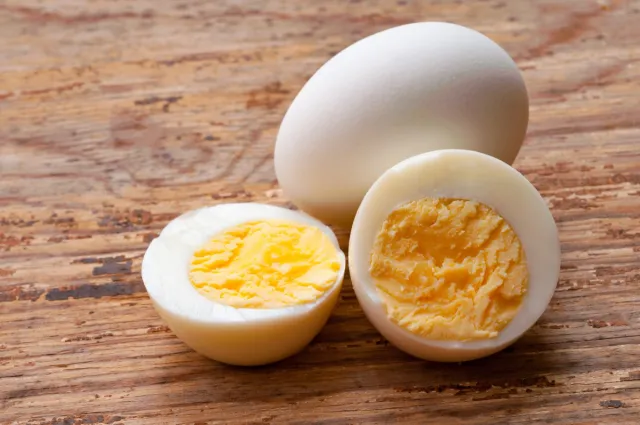
Eggs are another great food for weight loss. "They are low in calories, also rich in protein, and an excellent source of omega 3 fatty acids," says Maitland. "They are a great option to add chopped up in any salad."
Cottage Cheese
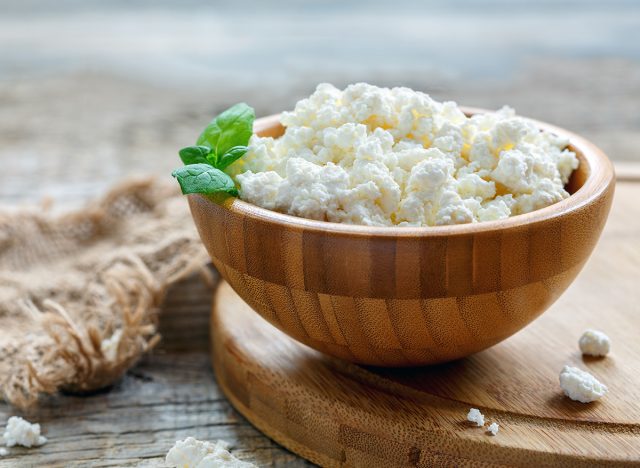
Organic grass-fed cottage cheese is "super high in protein and a very versatile food," Maitland says. "Try adding a tablespoon to your scrambled eggs."
Apple Cider Vinegar
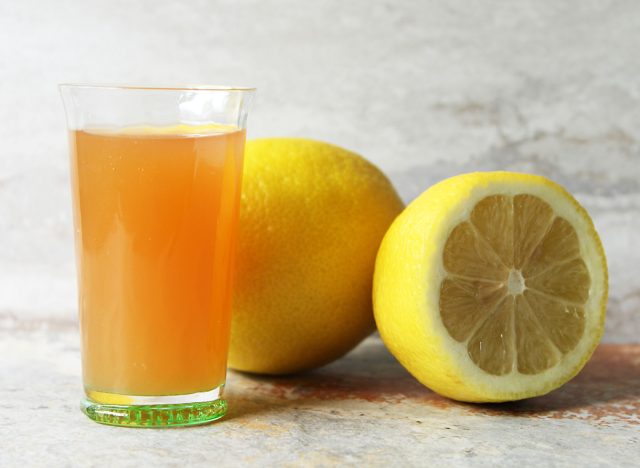
Apple cider vinegar can also help with weight loss, per Maitland. "You can use this in any homemade salad dressing," she says. "Surprisingly, this acid in this vinegar can help surpass your appetite, promote fullness, and prevent fat storage."
RELATED: 15 Reasons Why You Can't Lose Weight
Basil Seeds

Sprinkle basil seeds on your food. "Basil seeds, which are tiny seeds packed with fiber and potassium, can help you feel full longer and prevent overeating," Maitland says.
Grass Fed Filet
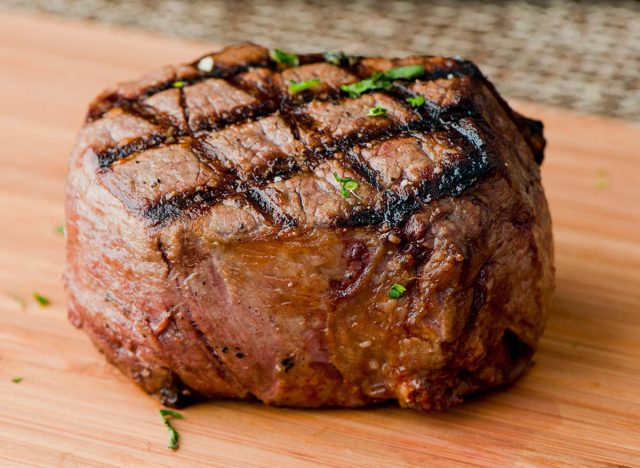
"Grass-fed filet is very high in protein, which can help your body build and repair muscle tissues," says Maitland. "Having enough muscle mass can help you regulate your food intake and improve your metabolism, which can aid in weight loss."
Pasture Raised Organic Chicken Breast
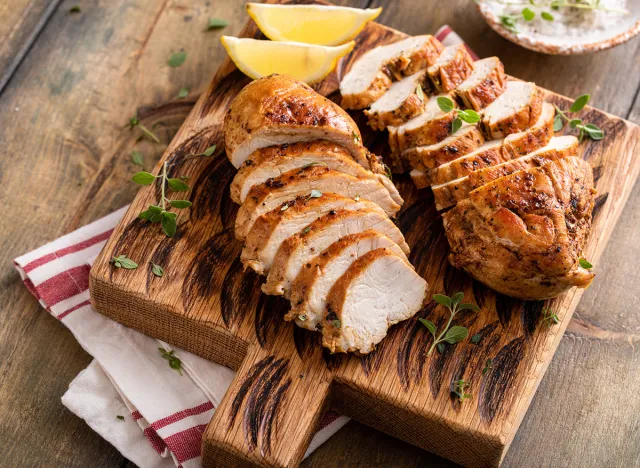
Pasture-raised organic chicken breast is another great protein option. "It can be beneficial for weight loss because it's high in protein and low in calories," she says.
Shrimp
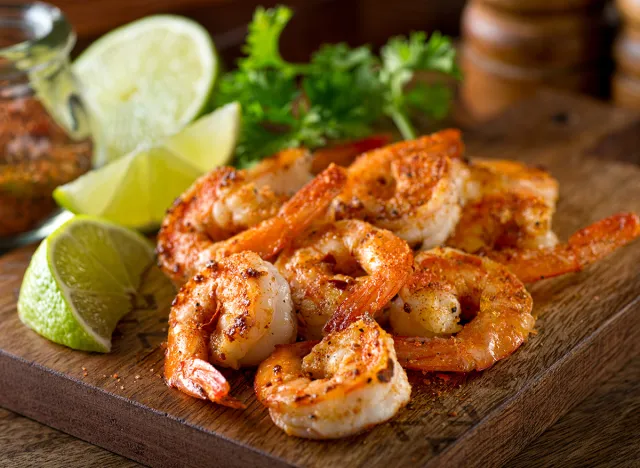
Shrimp, which are mostly pure protein and high in selenium, are another great option for centering your meals around. "Just like chicken and filet, shrimp can contribute to added muscle on the body because of the high protein content," Maitland says.
RELATED: 14 Superfoods That Boost Collagen for Youthful Skin
Brazilian Nuts
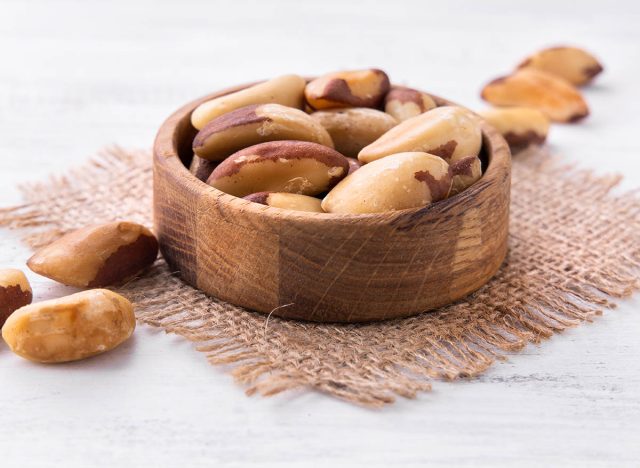
Brazilian nuts are another ideal nut to keep in your pantry. "A great source of heart-healthy fats and selenium, which are vital micronutrients," says Maitland.
💪🔥Body Booster: Add apple cider vinegar to your homemade salad dressings for a tasty way to help with weight loss. The acid in the vinegar can suppress appetite, make you feel fuller, and prevent fat storage.




